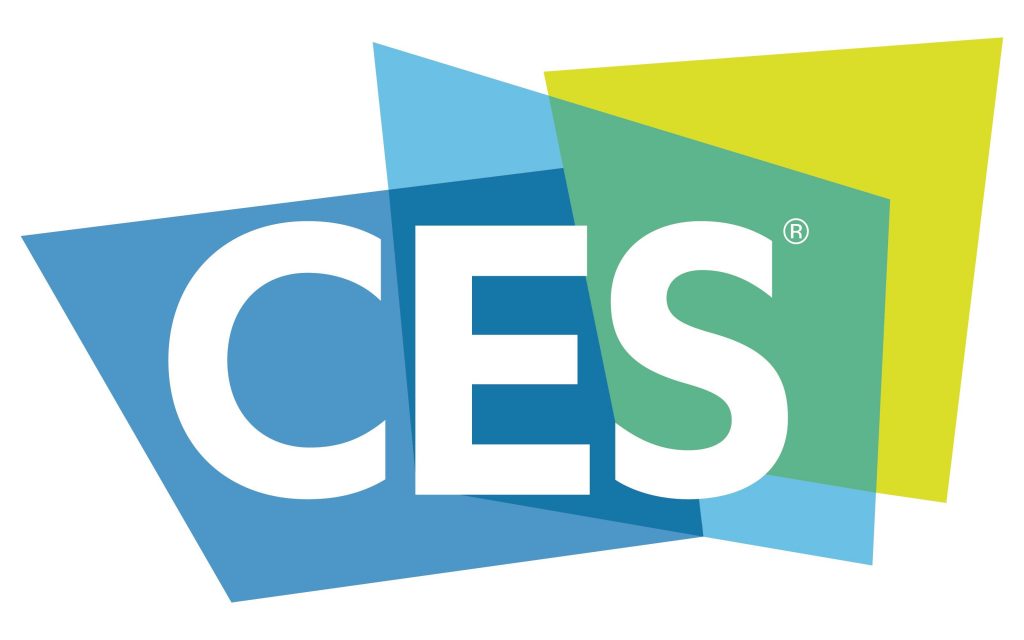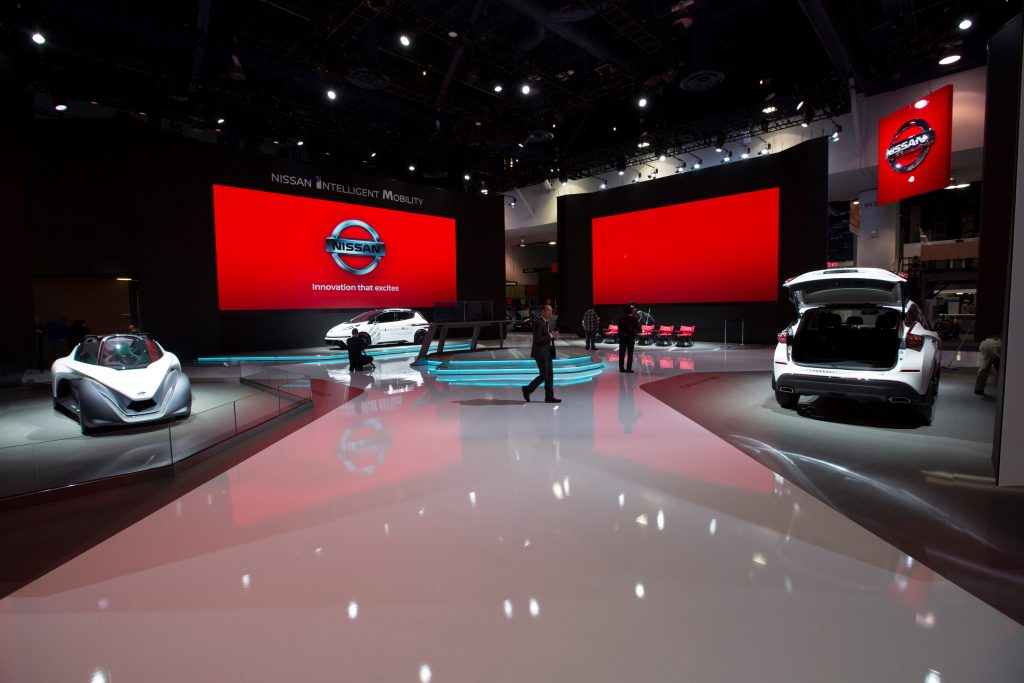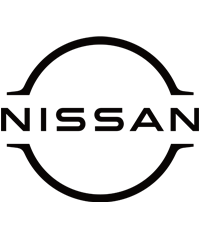ON STAGE at CES, Ghosn announced plans to launch a new Nissan LEAF, with ProPILOT technology, enabling autonomous drive functionality for single-lane highway driving. The new LEAF is coming in the near future and represents the next chapter of Nissan Intelligent Power.
The new LEAF will build on Nissan’s industry-leading position in electric vehicles (EVs). In 2010, Nissan was the first carmaker to introduce an all-electric vehicle to the mass market. Today, the Nissan LEAF is the world’s best-selling EV with more than 250,000 units sold and more than 3 billion kilometers travelled, a distance to get to Saturn and back. In the process, the LEAF has prevented the emission of 497,227 tons of CO2. That is the equivalent of the emissions made by more than 52,000 homes a year in the United States.
To advance zero-emission mobility today, Nissan is proactively focusing on vehicle electrification by diversifying electric powertrains and fuel systems to adopt multiple fuel and energy sources to meet different market and customer needs. In addition to Nissan’s core EV technology, Nissan has a diverse range of EV-based technologies in its portfolio. These technologies include e-Power (series-hybrid) and e-bio fuel cell electric vehicles. The new Nissan Note, also available with e-POWER powertrain, launched in Japan in the fall of 2016, became the best-selling model in the market in November.
Nissan’s commitment to zero-emission mobility extends beyond making a great vehicle. Nissan is helping to shape a sustainable ecosystem with a holistic approach – from building a robust charging infrastructure to recycling batteries to introducing the ‘vehicle-to-grid’ concept.
Nissan has worked with local governments, corporations and other entities to deploy charging infrastructure and encourage the adoption of EVs. To-date, there are more than 13,600 CHAdeMO quick chargers installed globally. In the U.S., Nissan is involved in DRIVETHEARC, a corridor of electric vehicle fast-charging stations spanning from Monterey to Lake Tahoe in California, promoted by Japan’s New Energy and Industrial Technology Development Organization (NEDO). DRIVETHEARC aims to increase the ease of long-distance EV travel while studying EV use and driving patterns.
EV batteries can do more than just provide power for driving – they can also be used as energy storage devices. To this end, Nissan is promoting EVs as clean mobile energy units. Integration of EVs into society will help energy distribution across the grid, and vehicle-to-home (V2H), vehicle-to-building (V2B), and vehicle-to-grid (V2G) solutions have already been adopted in many markets such as Europe, the U.S. and Japan.
In 2012, Nissan introduced its “LEAF to Home” system in Japan, allowing drivers to supply a house with the energy stored in a Nissan LEAF battery. Users can charge the Nissan LEAFs at night when electricity is cheaper, and then use that electricity as the daytime power source for a household. This way, the system helps to alleviate power consumption during peak periods when demand is highest and most expensive. It can also be used as a backup power supply for blackouts and emergencies.
Nissan has also been testing a V2B system at the Nissan Advanced Technology Center in Japan since 2013. In this project, six LEAFs contribute to a decrease in electricity costs. Nissan’s new Europe HQ in Paris will be partly powered by V2B and V2G technology when it opens in spring 2017.
Today about 4,000 households in Japan are utilizing EVs to manage home energy use, and thousands of EVs are powering buildings in the U.S., Japan and Europe.
For example the Hawaiian island of Maui, Nissan LEAF owners volunteered to participate in a unique project which explored the possibilities of combining smart grid, renewable energy and electric vehicle technologies into a single comprehensive energy-management solution. Residents use renewable energy from wind and solar sources to power their vehicles. In return, they use energy stored in their EV to manage the energy of the island. About 600 LEAF owners participated in the project and Nissan, along with other partners, are using the information to inform technology development and policy recommendations.
Elsewhere in the US, Nissan is involved with a variety of V2G and V2B activities. For example, Nissan has been a long-term partner with the Department of Defense on multiple grid-based projects at Los Angeles Air Force Base (California), Fort Hood (Texas), and Joint Base Andrews (Maryland). Combined, approximately 30 LEAFs have been deployed at these bases to demonstrate the technical and market viability of EV participation on the grid. Similar programs are underway between Nissan and other organizations around the US, including universities and utilities.
Nissan is also involved with commercializing V2H technology in the US based on market success in Japan. In this context, V2H would provide a homeowner with emergency power during outages and, potentially, a means of storing solar energy for use later in the day or at night. As part of its commercialization effort, Nissan demonstrated the V2H technology to a variety of US audiences in 2016, including to the general public.
Finally, Nissan is also helping to extend the “second life” of the EVs’ lithium-ion batteries. In Europe, through the xStorage project, in partnership with Eaton, consumers can save money by drawing energy from the sun and the grid, and then sell it back to energy companies. Meanwhile, xStorage for business allows organizations with high energy consumption to manage their energy usage and to power their business in a more sustainable, smarter way.
For example, in November 2016, Nissan and Eaton announced a ground-breaking 10-year deal with Amsterdam Arena – the world-famous entertainment venue and home of Ajax Football Club – to provide back-up power from secondhand Nissan LEAF batteries. The xStorage-building system will help to ensure the lights never go out at the renowned 55,000-seat stadium, which has played host to numerous high profile concerts and sporting events over the years.





